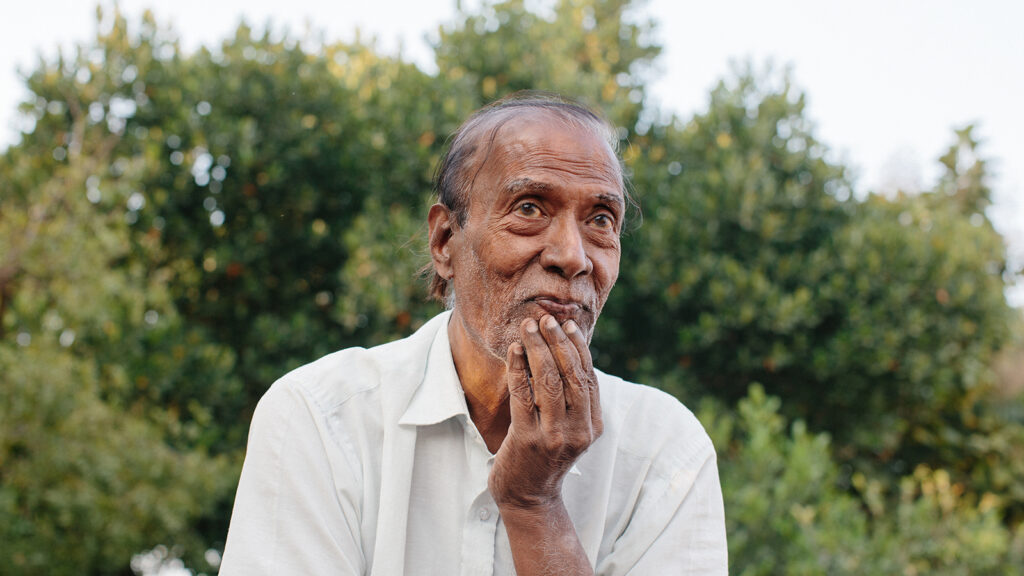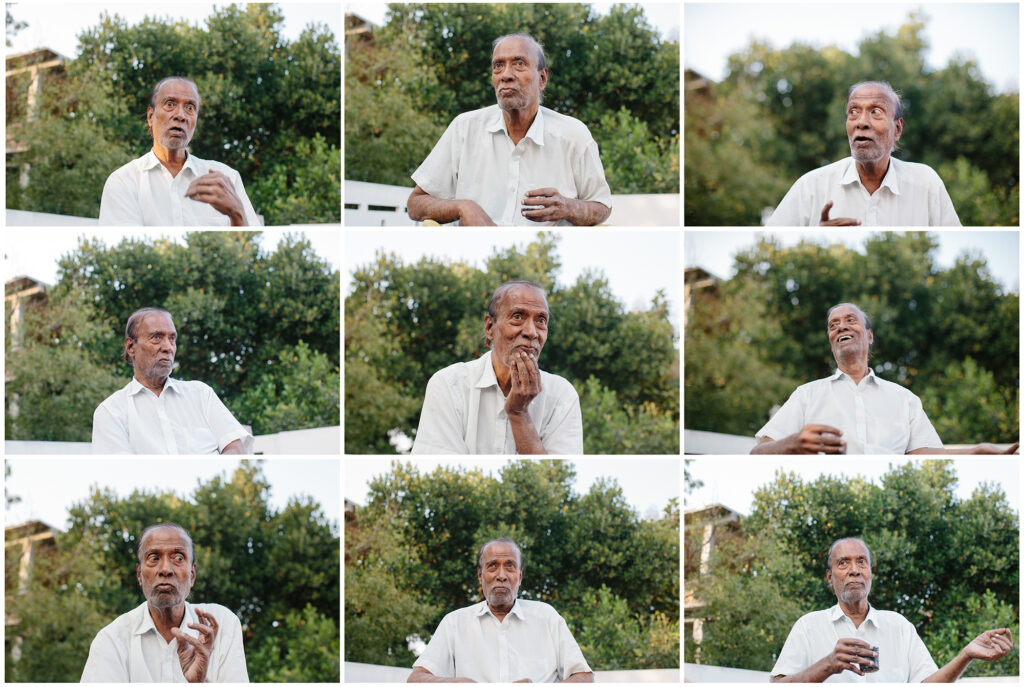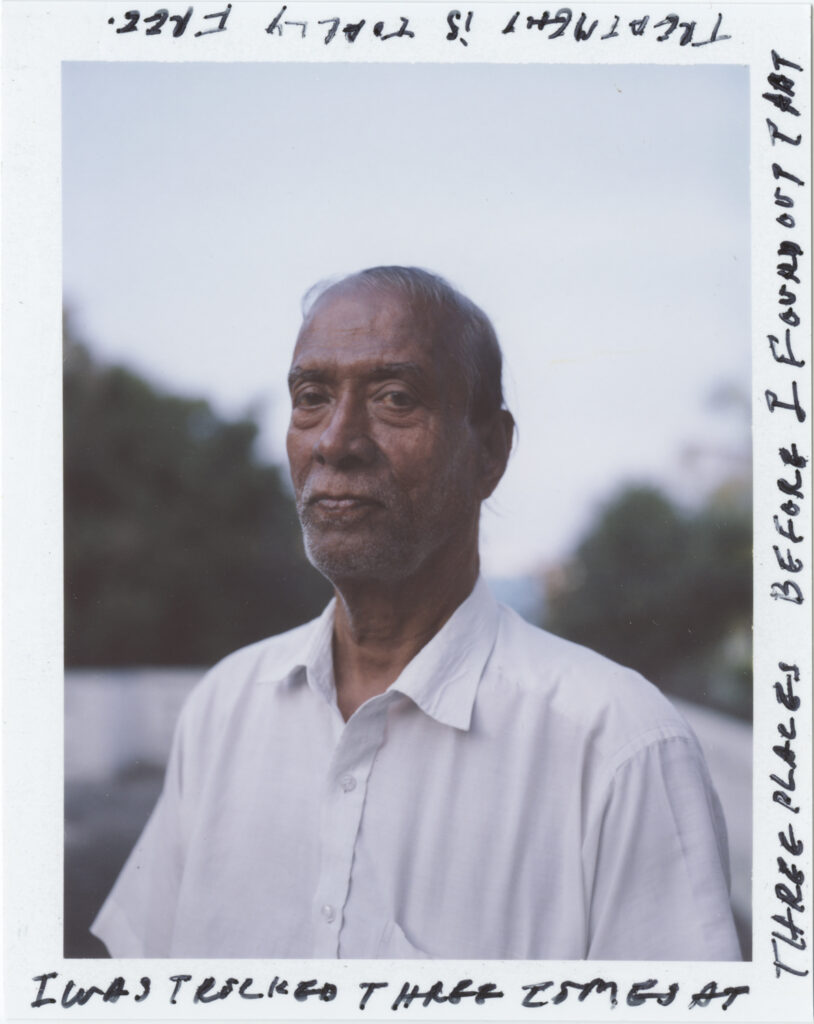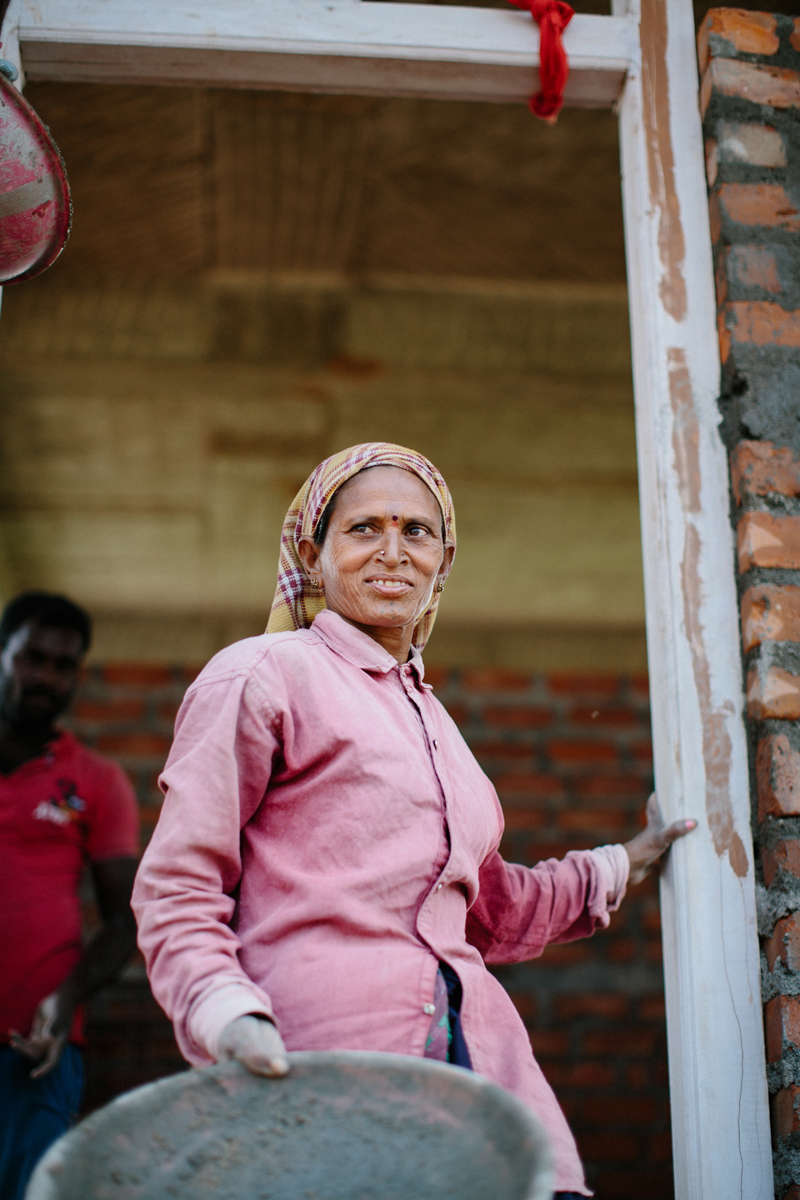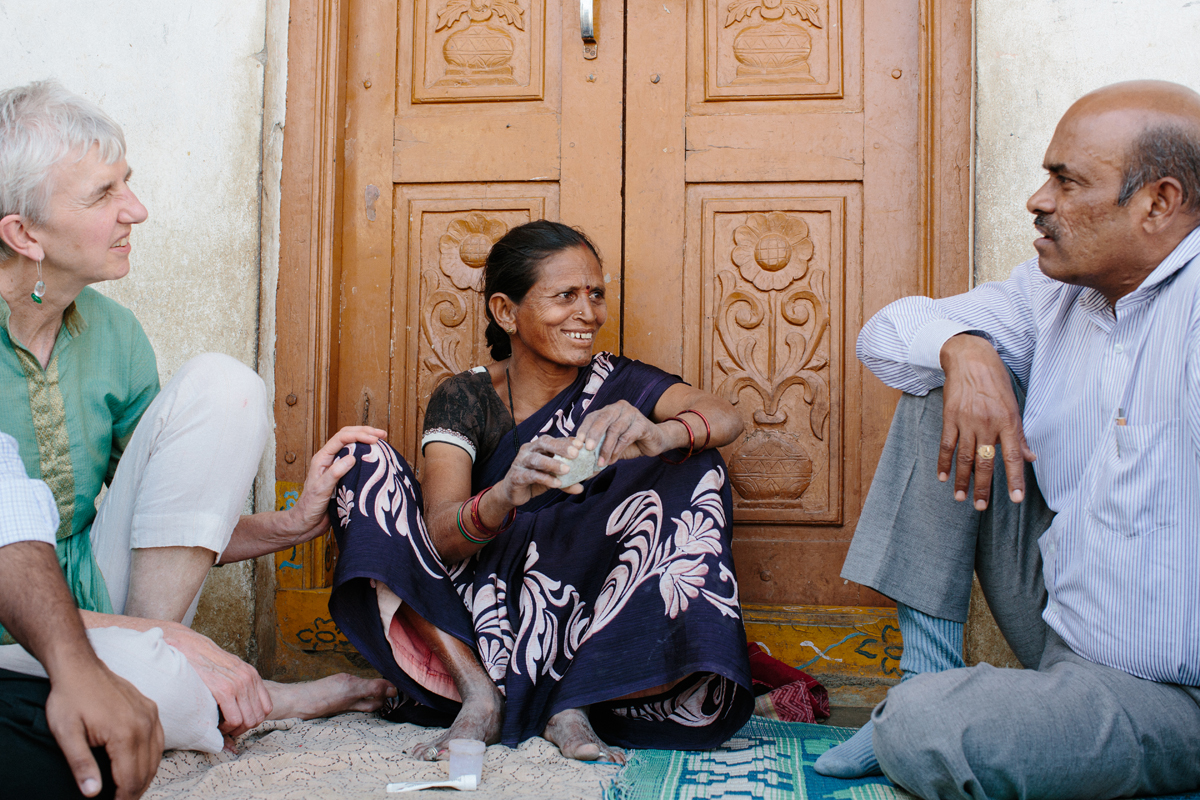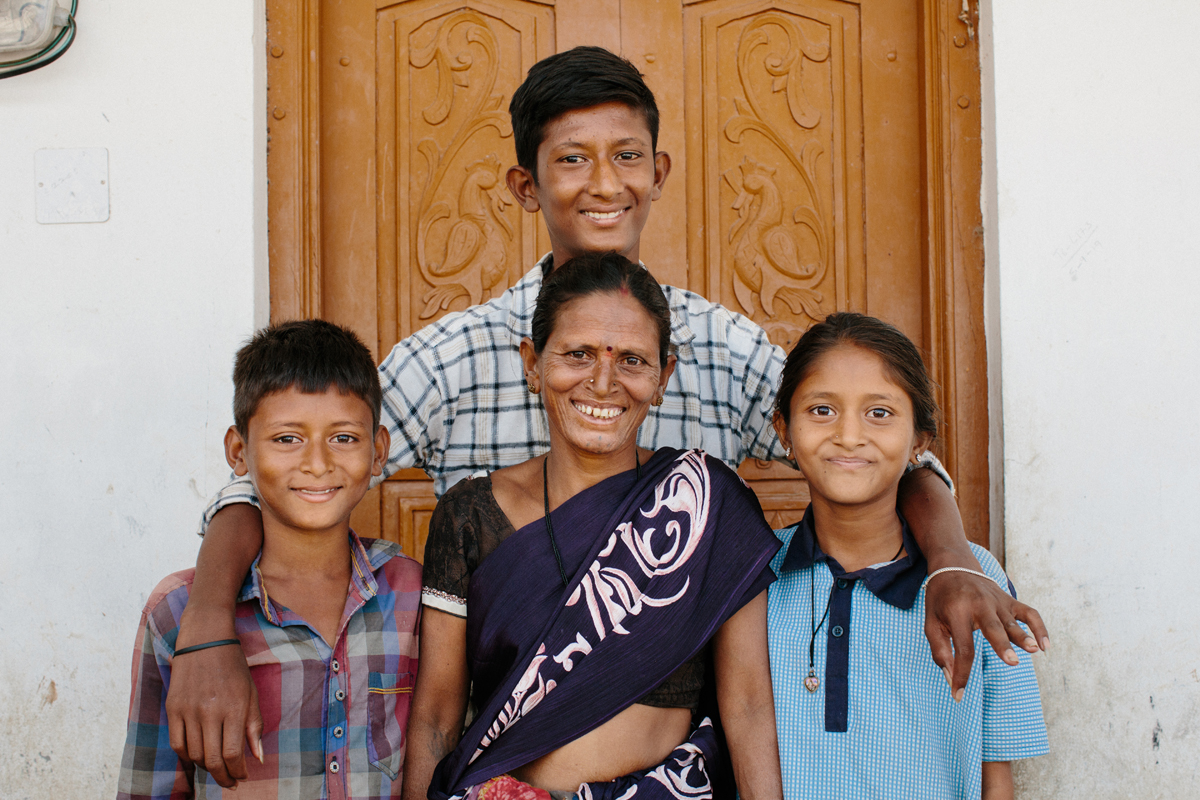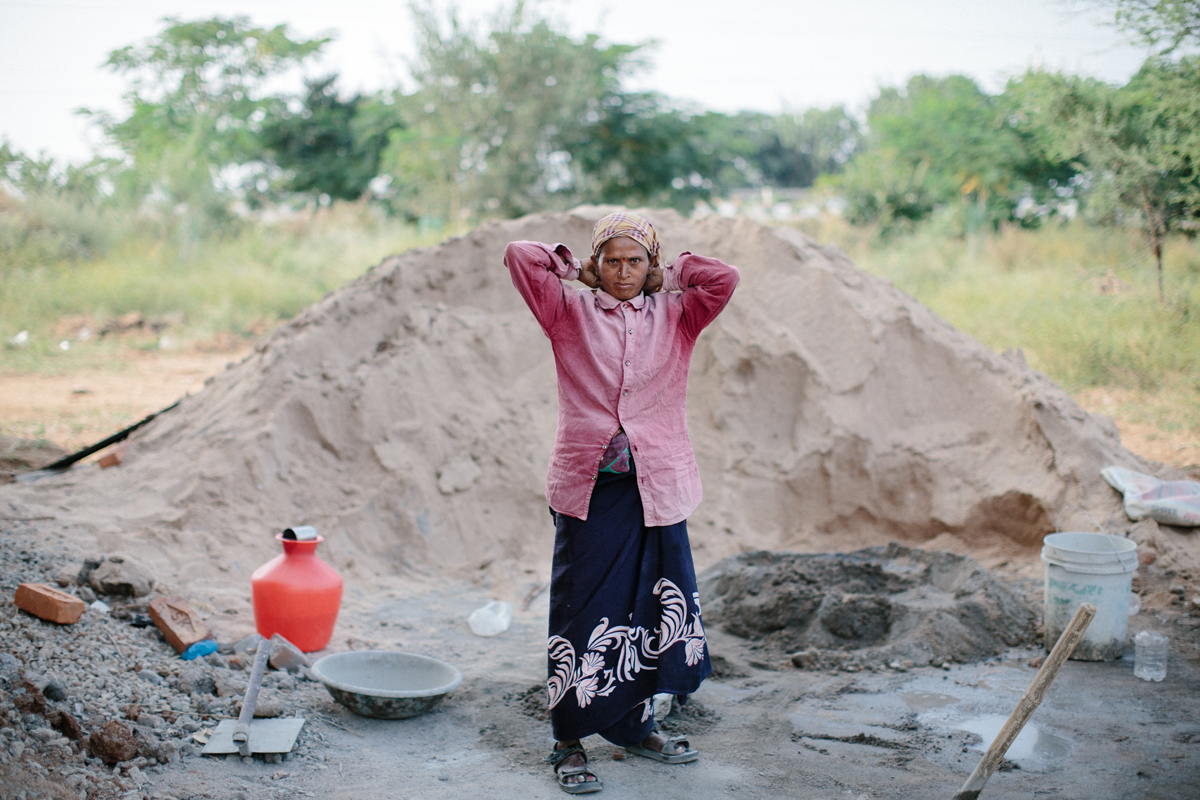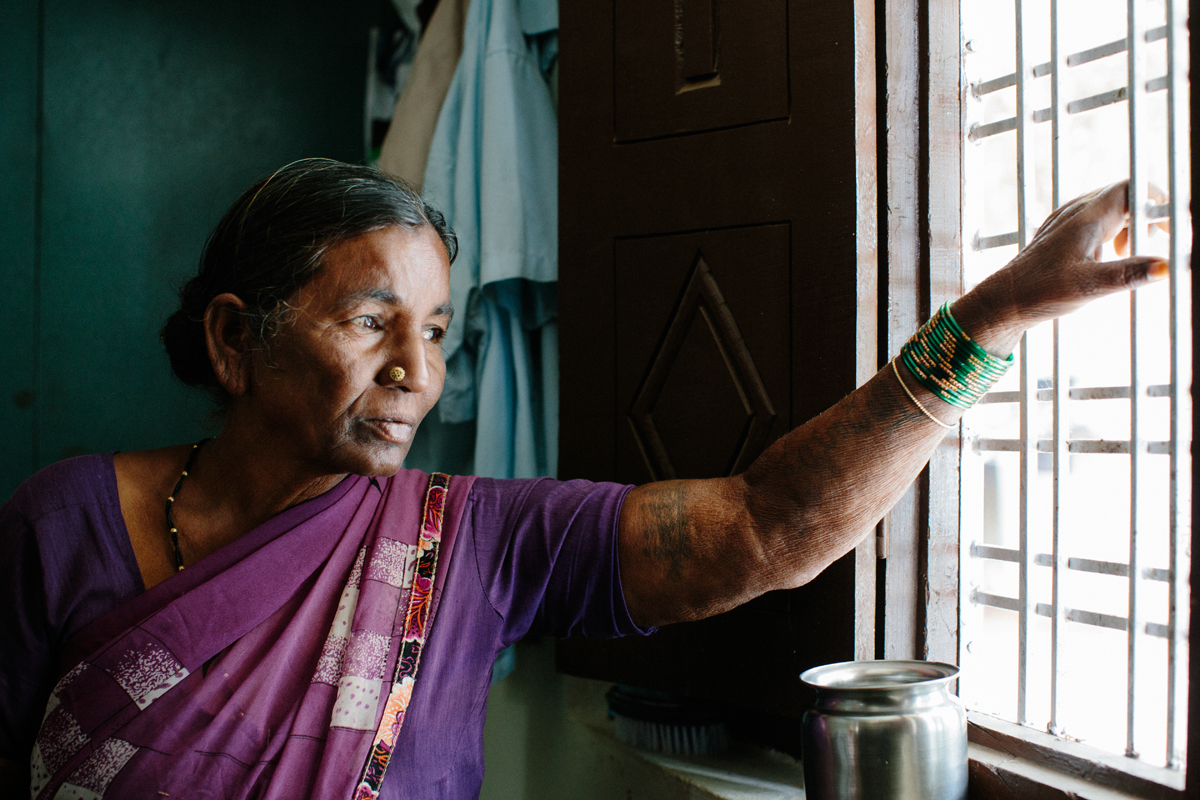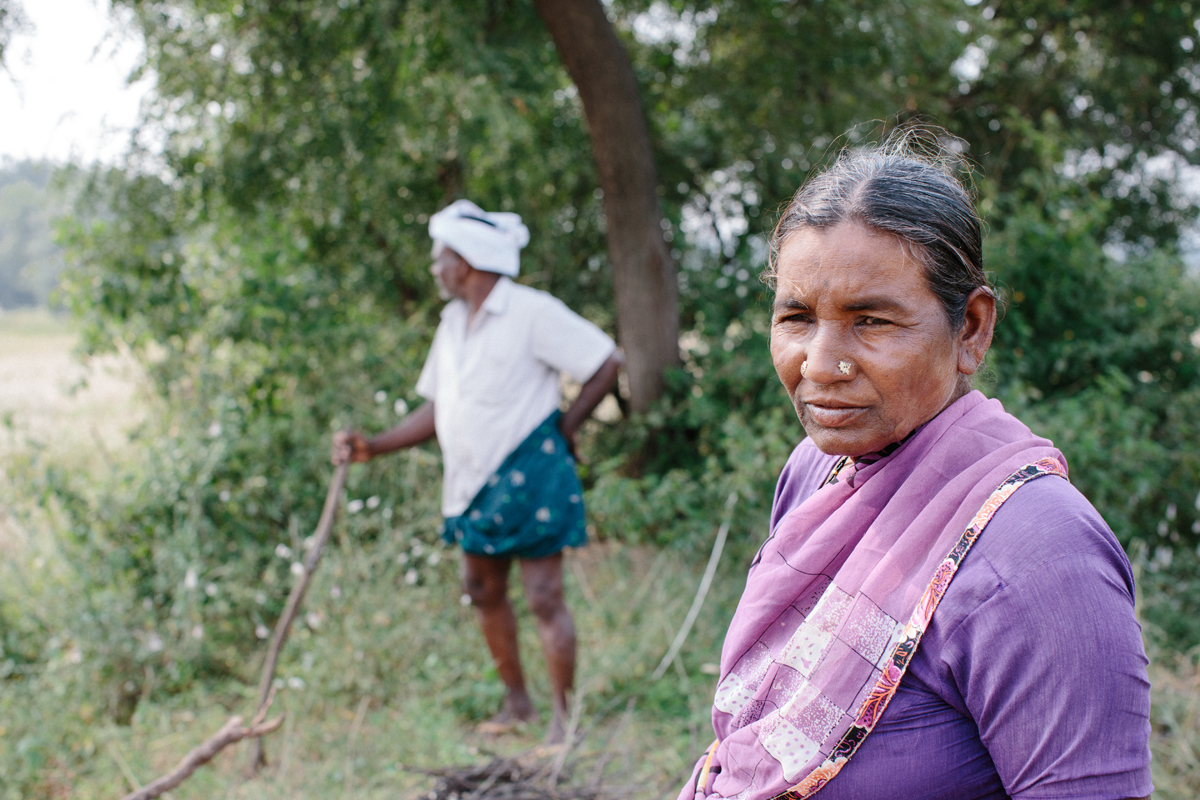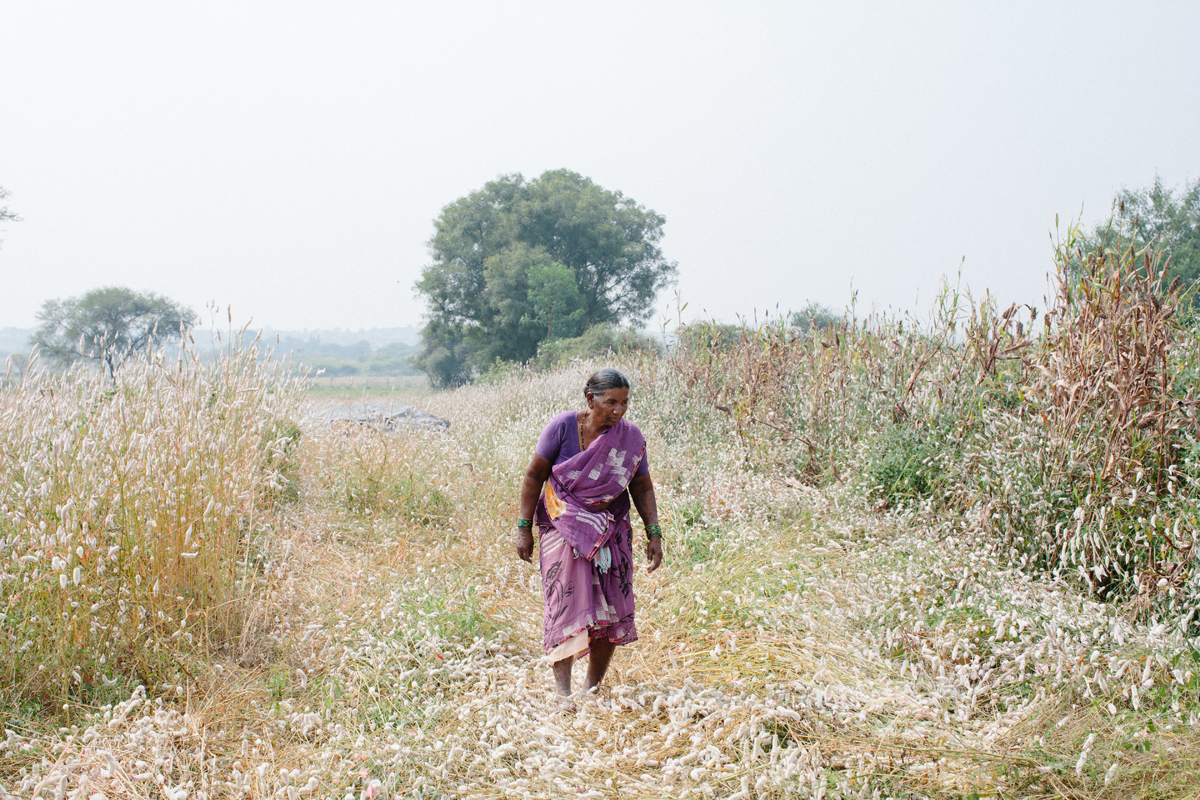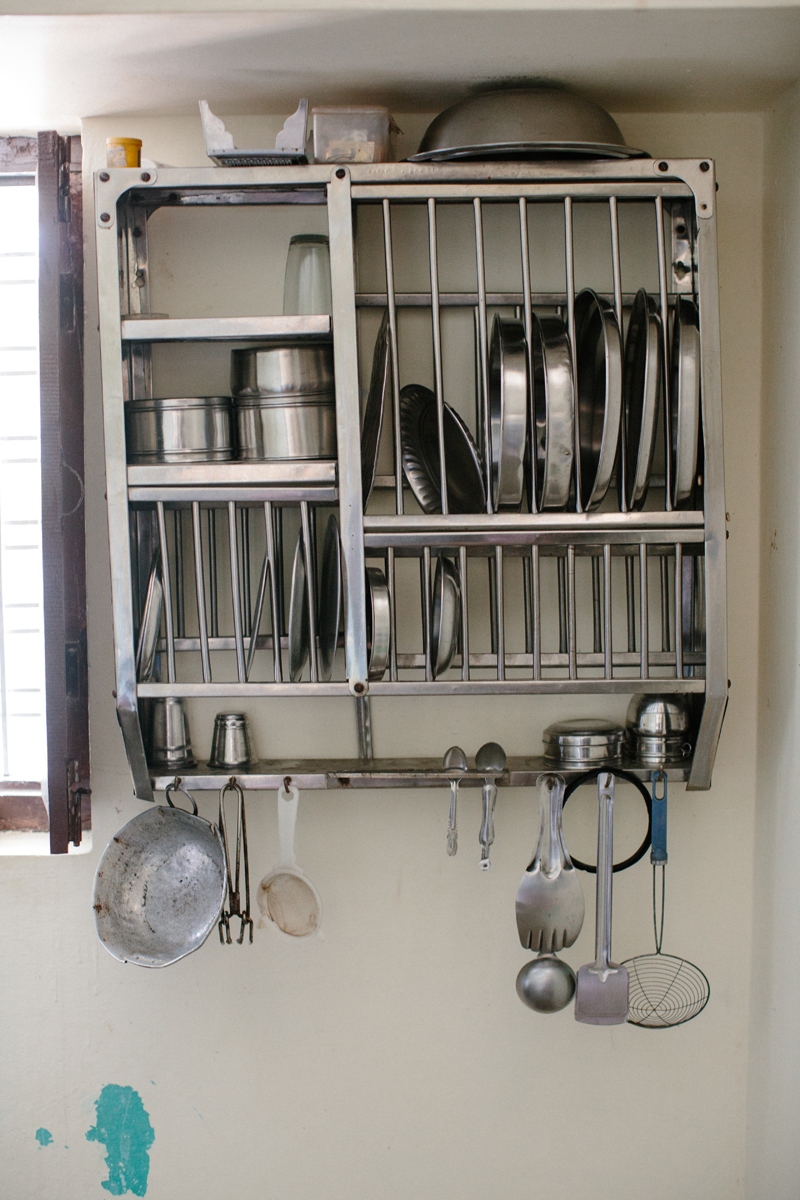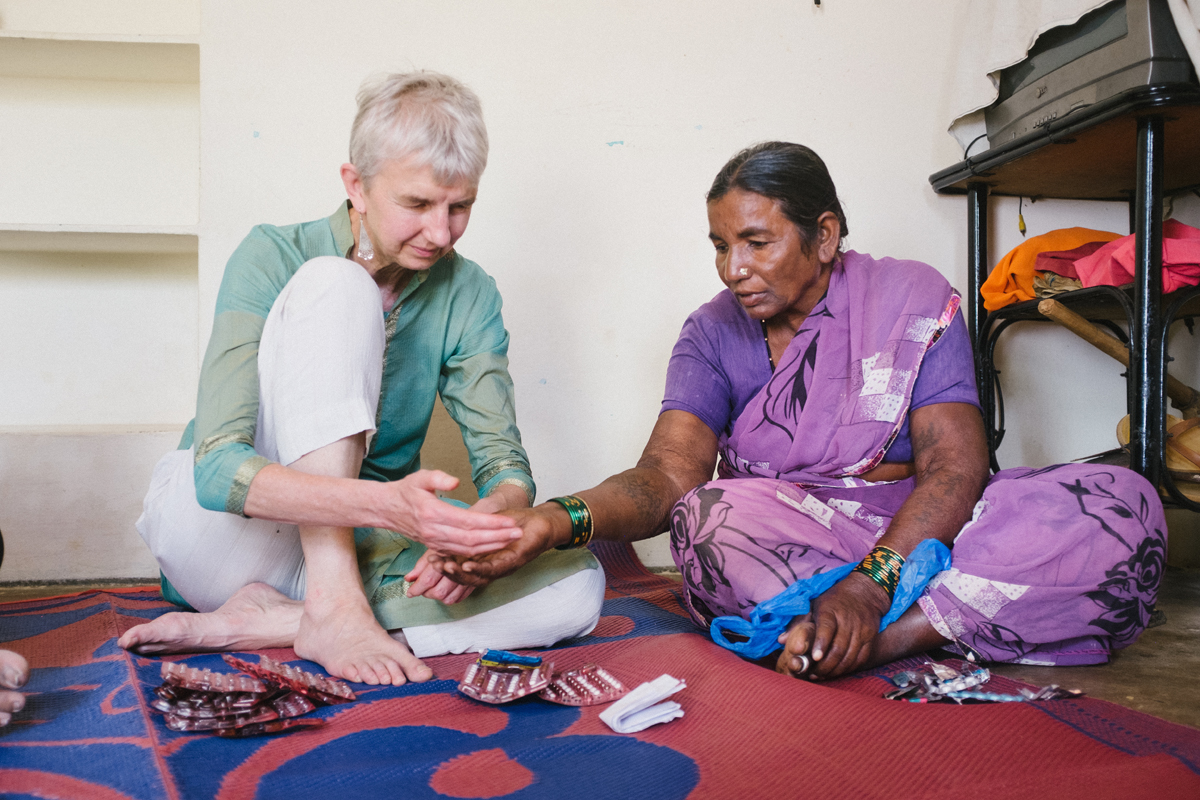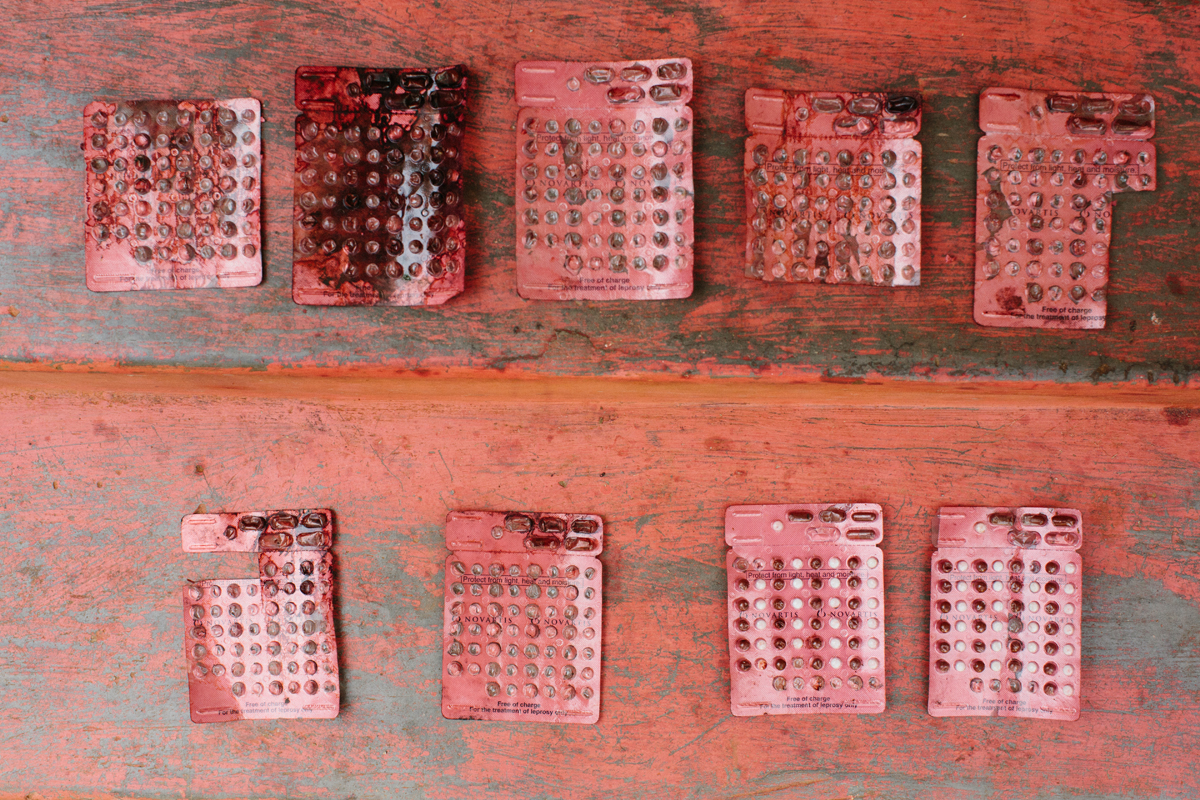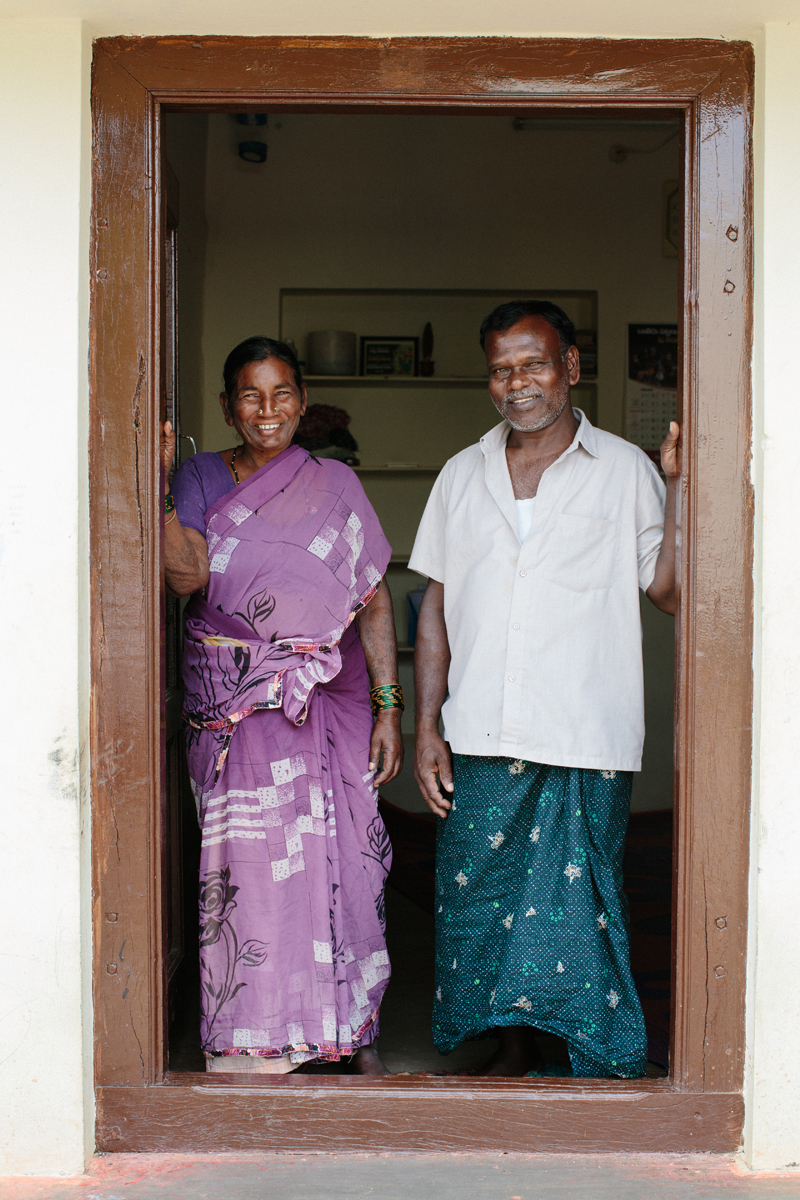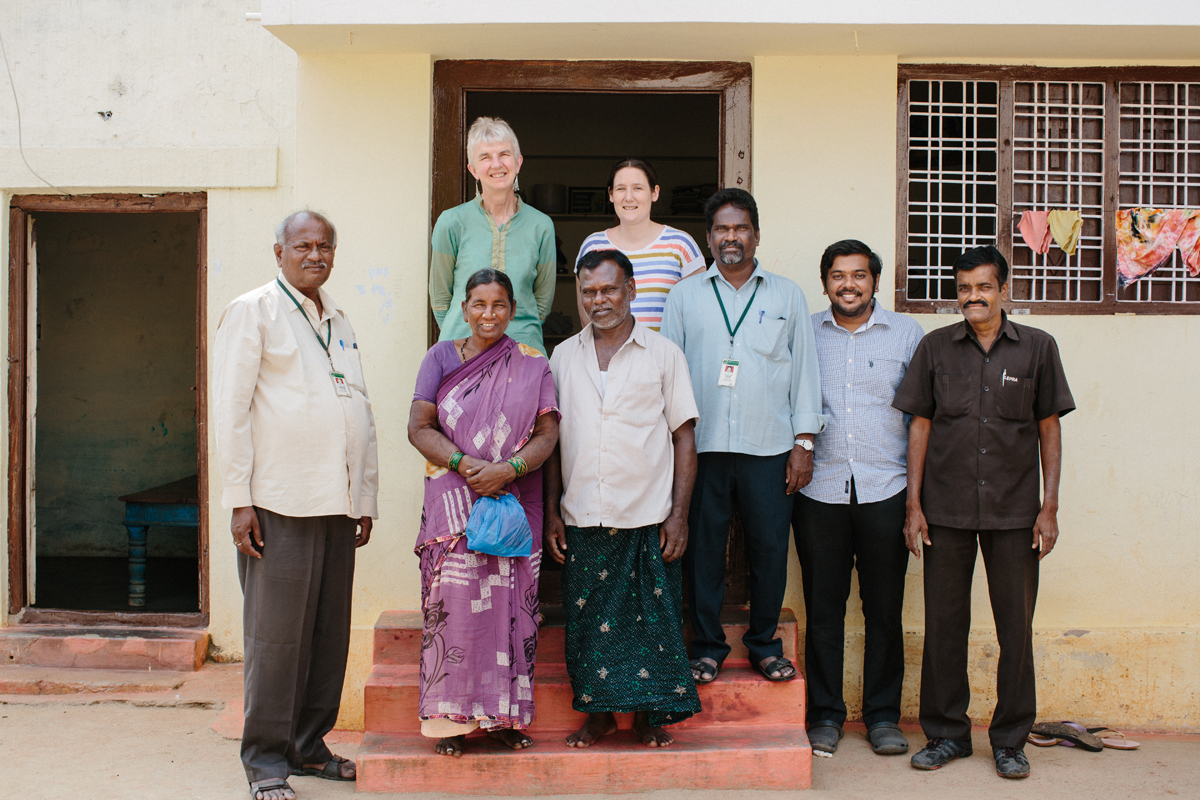House of Lords Exhibition
The Lepra reception was held in the beautiful House of Lords, in a room with elaborate
Victorian decorations and beautiful views of the river Thames on a winter evening. The
event was hosted by Lord Ghadia, a Lepra supporter. Five people spoke: Lord Ghadia, the
Duke of Gloucester (the Lepra vice president ), Charles Bland (chair of Lepra Trustees), Dr
Pahan ( Lepra doctor and country director working in Bangladesh), Diana Lockwood and
Geoff Prescott (Lepra CEO). Dr Pahan talked about psychological support Lepra gives to
people affected by leprosy through the mental motivators project. Charles Bland talked
about the importance and global reach of Lepra’s work. Diana described seeing patients
affected by leprosy in London and worldwide and the stigma they experience as a common
experience. This led to the New Face for Leprosy project and the work we did with Ethiopian
people affected by leprosy. Geoff Prescott spoke last, angry about the ancient prejudices
associated with leprosy because it is a curable disease, which with good antibiotics and
better health services should become a minor disease. People enjoyed looking at the
photographs of affected people in India. Seventy people attended the event many from the
Indian diaspora living in the UK and from Trusts and Foundations that had supported Lepra.
House of Lords Exhibition Read More »

